




Living in Anjou , France,
For the many not for the few
http://www.permies.com/t/80/31583/projects/Permie-Pennies-France#330873
 10
10




r ranson wrote:I know I'm monologuing, but I hope you don't mind. I just find this project so interesting.
One thing I noticed about my cotton harvests is the colour is nowhere near as intense as it should be. My greens are coming out creamy, my whites, brilliant, and my browns as tans. I wonder what I can do to increase the colour? Maybe something is missing from the soil?
https://www.motherearthnews.com/homesteading-and-livestock/grow-spin-cotton
The color of the fiber changes as it goes from harvest to finished product. In my photo, you can see a boll each of brown and green cotton and the yarn that resulted from each color. Once cotton has been spun, it must be boiled to set the twist. At that time, the color deepens. What is on the spindle in the photo is green cotton. You can see how much darker the finished yarn is.

"We're all just walking each other home." -Ram Dass
"Be a lamp, or a lifeboat, or a ladder."-Rumi
"It's all one song!" -Neil Young
 3
3




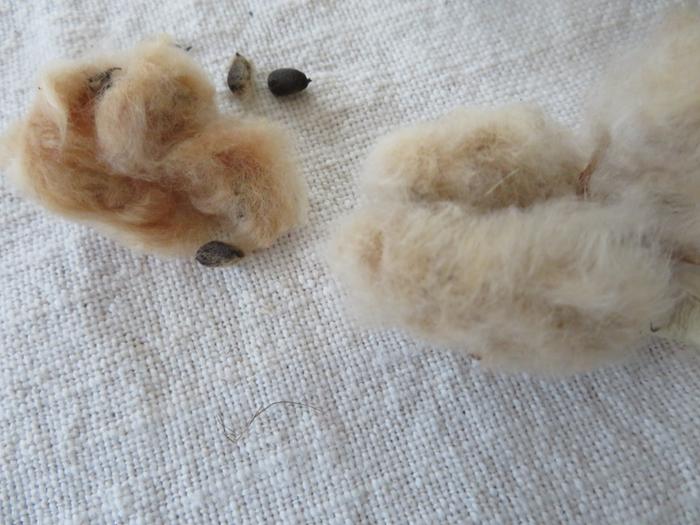
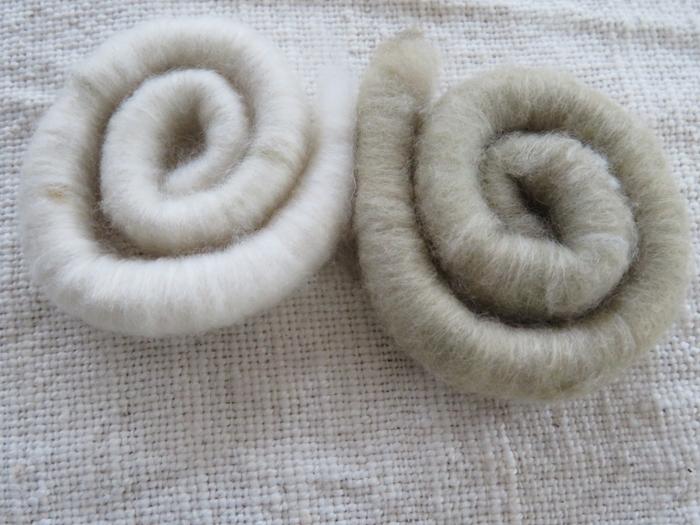







 2
2




At the time, I didn’t realize the distance that was needed between varieties so they wouldn’t cross and I had them separated by only 100 feet. The isolation distance recommended for home use is 650’ and for commercial production a half mile or more. I was only growing it for fun and concentrating on learning to spin, so at first I didn’t notice just how much mixing was going on in the garden when I planted back the seeds I saved from one harvest to the next. Once I took notice, I realized that my original colors that you see in the name tag I wove from my early cotton would be lost if I didn’t pay attention.








 6
6




r ranson wrote:I was wondering about cross pollination possibilities.
 1
1











 4
4




 4
4











 5
5




Bryant RedHawk wrote:I think you are to far north for a cotton crop. Since I live in cotton country I will describe the season here in the South. Planting of cotton occurs from the end of May through the middle of June. The crop flowers in July, bolls are set and they don't open until September, the crop comes off the fields starting at the end of September through October. The bolls are sharp when the cotton is ready to pick, many a hand has been shredded by the act of hand picking cotton. To separate the seeds from the cotton you need a gin which can be purchased as a hand powered unit or electric motor type, from there you have cotton fiber and lint covered seeds. (a gin is pretty much a lot of circular saw blades rotating in opposite directions, the blades look like a plywood blade (lots of teeth). A linter (the machine that gets the last bits of cotton off the seeds is the same as the gin but with the blades nearly touching) these things have been known to eat arms of the operator in the old cotton mills.
If you are determined to grow cotton that far north, you will need a dedicated green house or two, you will most likely also need heaters for those buildings. Glass would be the glazing of choice for the cotton to grow well and you will need a bee hive for pollination of the plants flowers.
This link should be pretty helpful to you in this adventure how to grow cotton
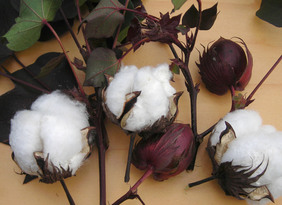
Mandrake...takes on and holds the influence
of the devil more than other herbs because of its similarity
to a human. Whence, also, a person’s desires, whether good
or evil, are stirred up through it...
-Hildegard of Bingen, Physica
 6
6



















j stein wrote:Where can I buy cold tolerant cotton seed? in Canada.
joan













 2
2




"Also, just as you want men to do to you, do the same way to them" (Luke 6:31)
 1
1











 5
5




r ranson wrote:The biggest problem growing it so far north is the days are too long. Cotton seems to be quite hardy with moisture and temperature variation, but it needs shorter days to be able to set the bolls.
I'm thinking of trying it with some morning shade next year. So it gets the sun at the heat of the day, but not so much light.
Mandrake...takes on and holds the influence
of the devil more than other herbs because of its similarity
to a human. Whence, also, a person’s desires, whether good
or evil, are stirred up through it...
-Hildegard of Bingen, Physica
 7
7

















 10
10





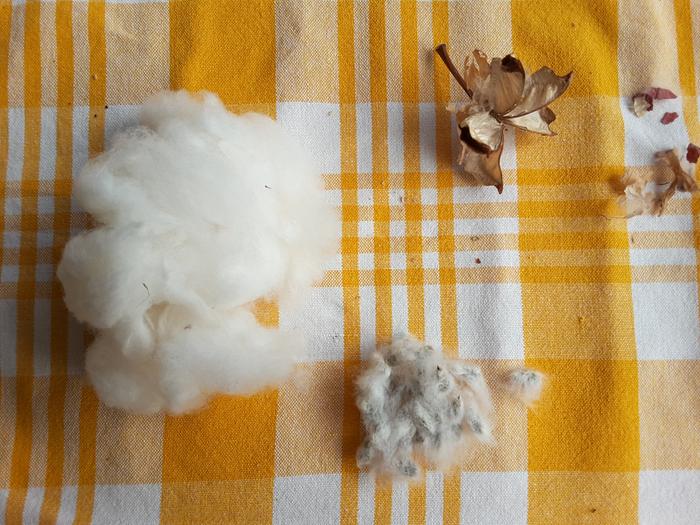
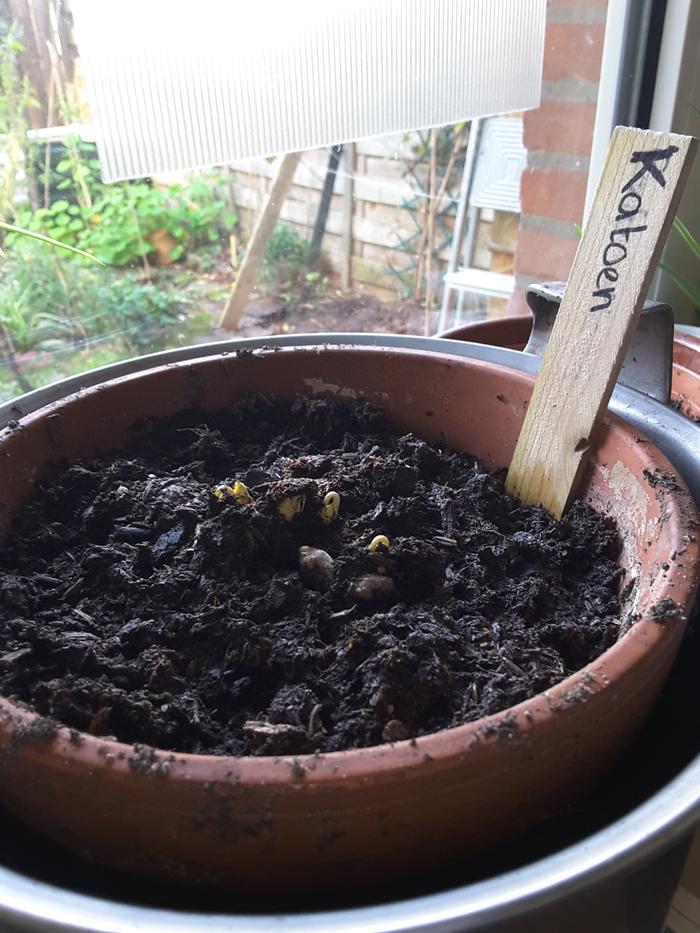
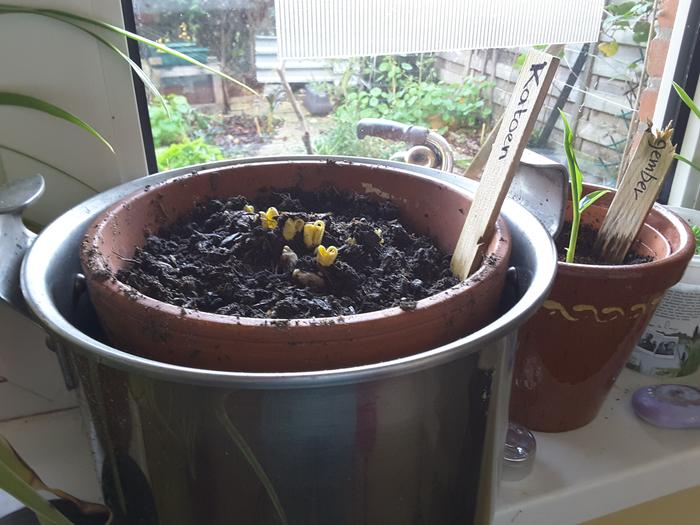
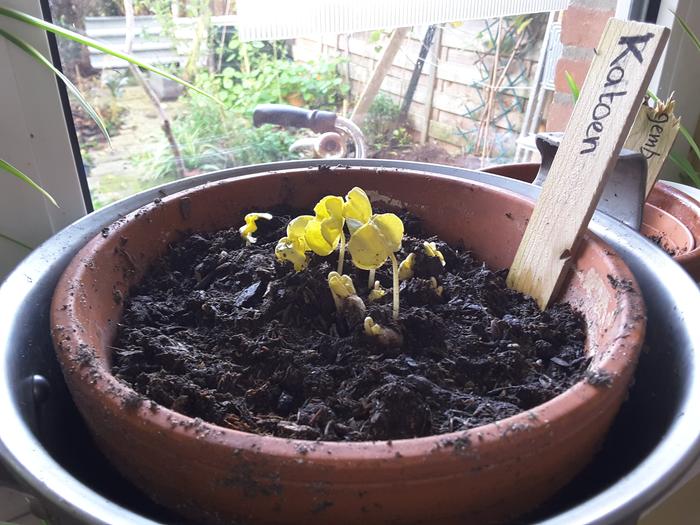
"Also, just as you want men to do to you, do the same way to them" (Luke 6:31)




r ranson wrote:The biggest problem growing it so far north is the days are too long. Cotton seems to be quite hardy with moisture and temperature variation, but it needs shorter days to be able to set the bolls.
 2
2











 4
4




 4
4










 3
3




Jill Ballam wrote:This is great news! I have grown Colton from seed in Mexico but I would love to grow some at my home on Pender Island, BC. I spin cotton and would like to grow some in my greenhouse. Could you tell me what variety you have the best luck with. Thank you, Jill
"Also, just as you want men to do to you, do the same way to them" (Luke 6:31)
 4
4











 2
2




Just my 2 cents...
Money may not make people happy but it will get you all the warm fuzzy puppies you can cuddle and that makes most people happy.
 2
2










 1
1




"Also, just as you want men to do to you, do the same way to them" (Luke 6:31)
 1
1




Lisa Sampson wrote:It might be a result of cross breeding. One of the big GMO crop companies developed a red and blue cotton a few years ago to avoid using aniline dyes to dye the cotton and planted a bunch of up in Missouri. The neighboring farmers who all had white cotton planted sued because their crops came out pink, baby blue, and in a few cases a weird streaky mix of white and color which rendered their crops unsalable and the seed unusable. The fields had to be burned.
 1
1




Inge Leonora-den Ouden wrote:I am sorry, but my tiny cotton plants all died. Maybe I had to wait until spring before sewing the seeds













 1
1




r ranson wrote:
Inge Leonora-den Ouden wrote:I am sorry, but my tiny cotton plants all died. Maybe I had to wait until spring before sewing the seeds
what symptoms did they have?
"Also, just as you want men to do to you, do the same way to them" (Luke 6:31)




Inge Leonora-den Ouden wrote:
r ranson wrote:
Inge Leonora-den Ouden wrote:I am sorry, but my tiny cotton plants all died. Maybe I had to wait until spring before sewing the seeds
what symptoms did they have?
They stopped growing, got a yellowish colour and looked dry, but watering didn't help. Of some the base of the stem looked thinner than normal, but not all.











 3
3




r ranson wrote:
Inge Leonora-den Ouden wrote:
r ranson wrote:
Inge Leonora-den Ouden wrote:I am sorry, but my tiny cotton plants all died. Maybe I had to wait until spring before sewing the seeds
what symptoms did they have?
They stopped growing, got a yellowish colour and looked dry, but watering didn't help. Of some the base of the stem looked thinner than normal, but not all.
Sadness.
I wish I knew more about cotton to be able to figure out why.
Anyone else recognizes these symptoms?










Eldon Dore wrote: The three plants that I managed to get growing were quite yellow and dry while I had them inside before I was able to move them outside, but once I got them moved outside and into larger growing conditions they did come back and grew quite well, so I'm not sure if they had the same problems, but it did sound a little similar. My plants definitely responded very well to having a little bit more space to grow.
On other fronts, I did manage to grow a few bolls that opened and gave me some usable cotton, however I don't think they were quite mature enough. The seeds have a very low germination rate, and they seem to have trouble getting out of the soil. I've got a few started, when I know for sure that they are going to make it I will take some pictures and try to post them here.
Fingers crossed that I will be able to get a second generation out of them. I'm growing a few other varieties that I purchased from a few different places, so maybe I can get working on trying to breed my own variety of Canada adapted cotton.
"Also, just as you want men to do to you, do the same way to them" (Luke 6:31)
 4
4








 2
2




Gisele Carriere wrote:Hi, Feedback on whether I should forget the idea of trying cotton here (indoors even) due to light availability would be appreciated. I live on the pacific northwest coast, a cool temperate rainforest climate, although we do have very hot very dry summers these past few years. Wondering if we have the correct day light length though, for cotton. We are rather north even at the latitude of near USA border. Thanks for any comments. I think this web page is awesome.








|
We should throw him a surprise party. It will cheer him up. We can use this tiny ad:
The new purple deck of permaculture playing cards
https://www.kickstarter.com/projects/paulwheaton/garden-cards
|








